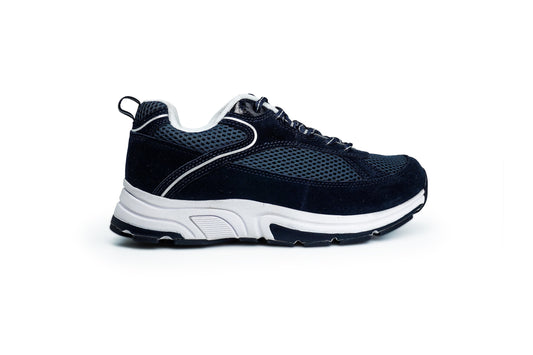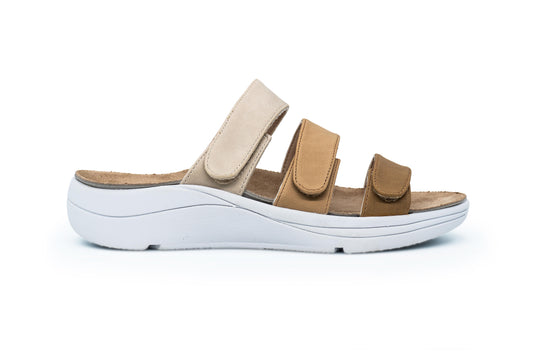Comprehensive Foot Check-ups for Diabetic Patients
Regular foot check-ups are super important for people with diabetes because they help spot any potential foot problems early on. By carefully looking at the patient's feet, doctors can find issues and take steps to prevent them from getting worse. Let's take a closer look at what goes into a thorough foot check-up and how it helps determine the risk level for foot problems.
1. Checking Foot Sensation:

One important part of a foot check-up is testing how well the patient can feel things in their feet. This can be done with a special tool called a 10-g monofilament or by using vibration testing. These tests help see if the person can feel things like they should, which is often a problem in diabetic nerve damage. Not being able to feel things well puts them at risk for getting foot ulcers because they might not notice if they hurt themselves.
2. Feeling Foot Pulses:
Feeling the pulses in the feet helps see how well blood is flowing to them. If the pulses are weak or can't be felt at all, it might mean the person has a problem with their blood flow, which is common in diabetes. Poor blood flow can make it hard for wounds to heal and make foot ulcers more likely. Finding these issues early means doctors can try to improve blood flow and stop problems from getting worse.
3. Checking for Foot Deformities and Shoes
Looking closely at the feet helps spot any weird shapes or problems. Diabetic people often have foot problems like toes that curl up, big bumps on the side of the foot, or changes in the shape of their feet called Charcot foot.
It's also important to see what kind of shoes the person wears because shoes that don't fit right can cause foot problems. Wearing good shoes helps keep pressure off the feet and lowers the risk of ulcers.
Based on what the foot check-up finds, the feet are put into different categories

Low Risk
Feet in this group have normal feeling, good blood flow, and no big problems. These people have a lower chance of getting foot problems and might only need to get their feet checked regularly to keep them healthy.
Increased Risk
Feet in this group might have a little bit of feeling loss, weaker pulses, or small problems with their shape. Even though they don't have foot problems right now, they need to be watched closely and might need extra care to stop things from getting worse.
High Risk
Feet in this group have big problems with feeling loss, no pulses, serious shape changes, or have had ulcers before. These people are more likely to have foot problems like ulcers, infections, or even losing a part of their foot. They need a lot of care, like seeing a foot doctor regularly, wearing special shoes, and learning how to take care of their feet.
Acute Foot/Ulcerated Foot/Charcot
This group includes feet that have open sores, bad infections, or a condition called Charcot foot. These problems need to be taken care of right away to stop them from getting worse and causing more damage.
In short, doing a thorough foot check-up is really important for diabetic people to see if they're at risk for foot problems and to know how to take care of them. By making foot check-ups a regular part of diabetic care, doctors can help people keep their feet healthy and lower the chances of having serious foot problems.
Explore our diverse range of shoes designed to alleviate diabetic discomfort and provide optimum support for your feet.
Discover the right pair for you from our sought-after styles, conveniently accessible at DiabeticShoe.in.








